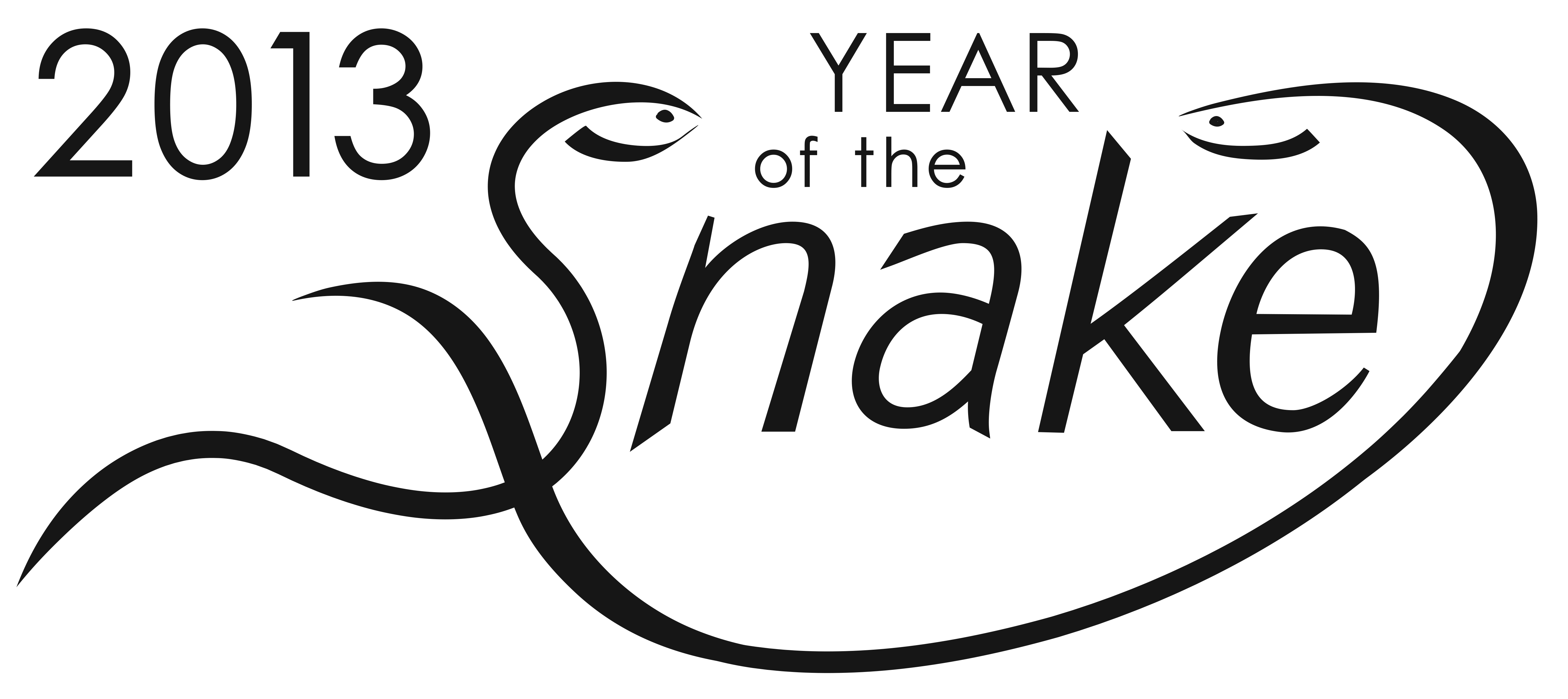 So, the Chinese zodiac sign for the year that roughly corresponds to 2013 (starts on February 10), is indeed the snake. And aptly, Partners in Amphibian and Reptile Conservation, the conservation partnership, has designated 2013 to be a year of focusing on snake conservation issues.
So, the Chinese zodiac sign for the year that roughly corresponds to 2013 (starts on February 10), is indeed the snake. And aptly, Partners in Amphibian and Reptile Conservation, the conservation partnership, has designated 2013 to be a year of focusing on snake conservation issues.
The state partners with PARC for the year of the snake are Connecticut Department of Energy and Environmental Protection Wildlife Division (CT DEEP), Maryland Department of Natural Resources and The Nevada Department of Wildlife (NDOW).
Much like the previously mentioned Year of the Turtle, the PARC program provides resources to promote snake conservation during the year, including a newsletter, a calendar of related events and a poster.

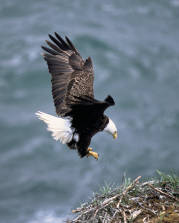
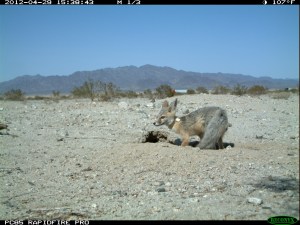

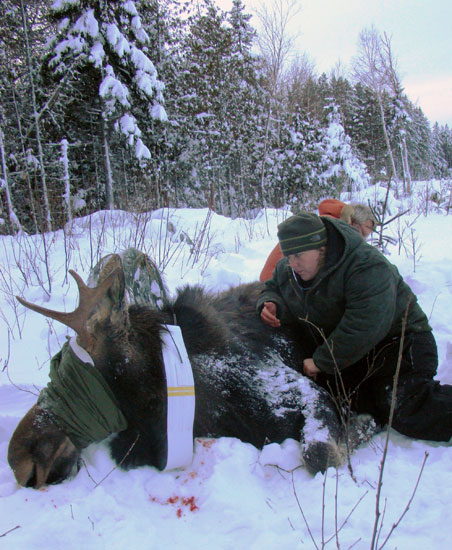
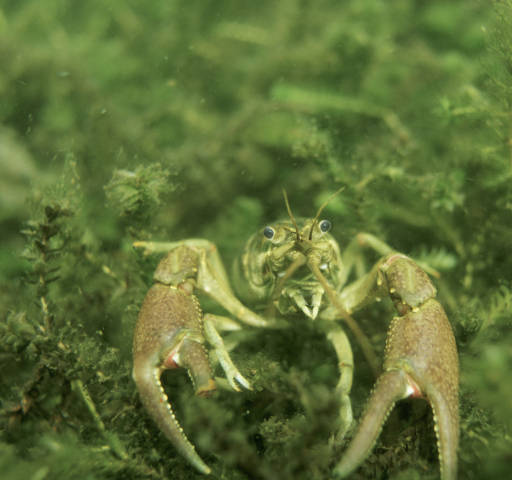 A study by University of South Florida scientists, published online ahead of publication in the
A study by University of South Florida scientists, published online ahead of publication in the 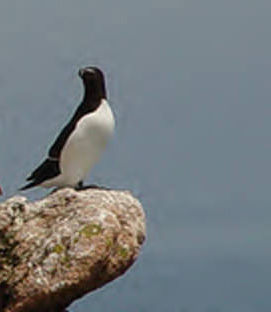
 It started off with a late spring frost that killed off the bears’ seasonal food. It continued with a regional drought. It all added up to the worst year for bear and human conflicts in Colorado since the state started keeping records a few years ago, says an article in the
It started off with a late spring frost that killed off the bears’ seasonal food. It continued with a regional drought. It all added up to the worst year for bear and human conflicts in Colorado since the state started keeping records a few years ago, says an article in the 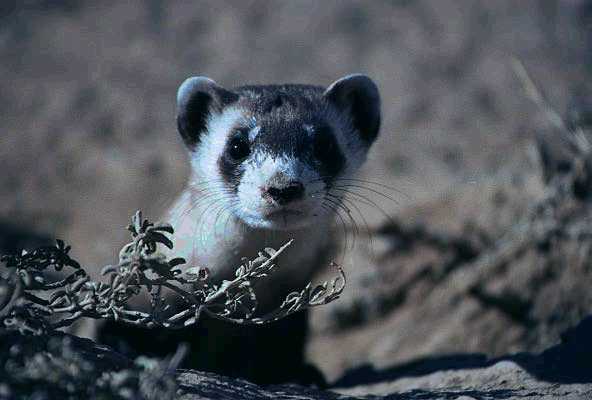 What were the biggest North American wildlife stories in 2012? The ten stories with the most views by State Wildlife Research News readers — in order of popularity — were:
What were the biggest North American wildlife stories in 2012? The ten stories with the most views by State Wildlife Research News readers — in order of popularity — were: